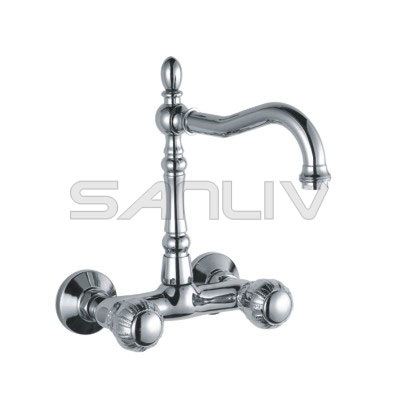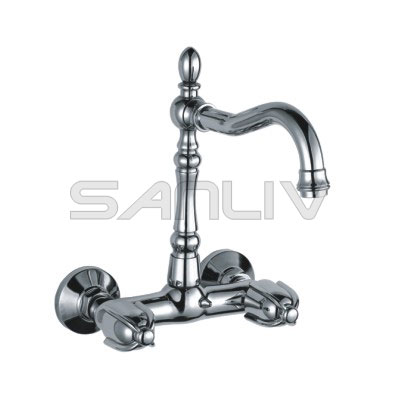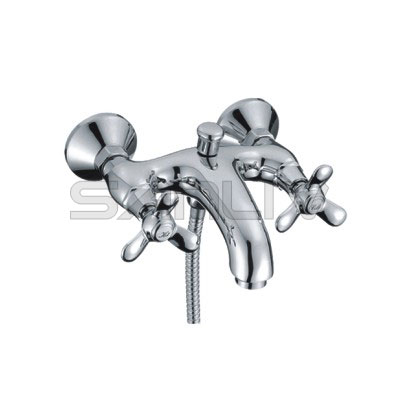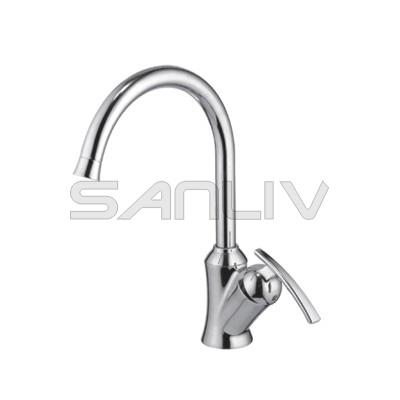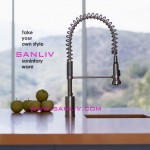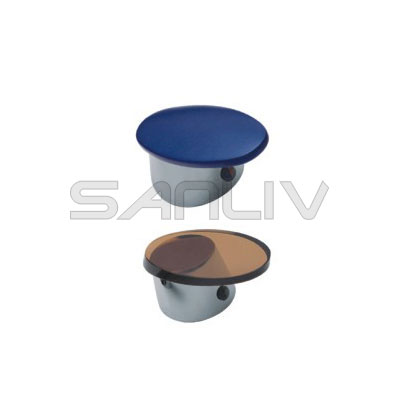How to choose the best suitable kitchen faucets? Single handle kitchen faucet or two handles? One-piece or three-piece faucets? Wall mount or deck mounted kitchen faucet…and how much it should cost? All question will come to your mind.
Even though this may be the case, buying a new faucet is not something you should take lightly or without doing a little bit of research. Heureusement, choosing the right kitchen faucet is child’s play once you know what to look for. Once you’ve taken these few tips to heart, you’ll be able to make a wise buying decision; one that will last you for many years to come.
Question #1: Are you replacing an existing kitchen faucet or installing a brand new faucet where there has never been one?
The reason this is important is because an existing faucet will already have the requisite plumbing intact. And if this is the case, you’ll probably want to choose a kitchen faucet that has the same number of holes in your sink as the faucet you’re replacing. Alors, count the number of holes.
One-Piece Faucets
Does your sink have only one hole? ensuite, you’ll want to look for a one-piece (or single handle) robinet. One-piece faucets are those that integrate the handle and spout, and require just a single hole for the handle and spout piece (although they typically require a separate hole for an optional sprayer).
Three-Piece Faucets
Do you have an older, traditional sink with three holes? Si c'est le cas, you probably have a two-handle faucet, having a separate hot and cold tap, and another another hole for the spout, and possibly even a fourth for the sprayer. Some kitchen sinks even have integrated sprayers and soap dispensers, which demonstrates the need to investigate the number of holes that much more obvious.
Question #2: How much space do you have?
Before you purchase a kitchen faucet, you’ll want to measure the area in which the new faucet will be installed so that you’ll be sure it fits the space before you install it.
Question #3: What type of handles do you prefer?
With typical kitchen faucets, you’ll have either a single handle that rotates one way or the other to change the temperature, or two handles where one handle controls the hot water while the other controls the cold water. One-piece faucets usually have either a handle that’s attached directly to the faucet or a handle that is positioned to the side where a sprayer would typically be. Selecting the one that’s right for you is completely a matter of personal choice.
Question #4: What type of faucet style fits your taste and fits in well with the design of your sink?
Kitchen faucets come in so many styles and finishes, that it can often be difficult to choose. Many people choose a very traditional, no-frills look and feel when selecting their faucets. Traditional faucets have simple trim and are often chrome-plated. It is quite common for people to replace an old faucet with one that looks as close to the one being replaced as possible. Après tout, they’ve gotten quite used to their old faucet and may be unsure about selecting a faucet that strays too far from the original style. Others like to try new things, and choose either a very ornate design or, more frequently, an elegant, clean European style that is frequently seen in such top brands as Kohler, Moen, and Pegasus. For elegant, yet affordable simplicity, Pegasus faucets offer a wide assortment of attractive styles in many beautiful finishes like chrome and brushed nickel. The Pegasus brand is actually a private stock label of Home Depot, and can be found at any of their brick-and-mortar stores as well as a variety of online faucet retailers.
Question #5: What kind of kitchen faucet sprayer do you want?
Your choices are simple: Either separated from the faucet or integrated within the faucet itself. Encore, there is no clear-cut advantage of one over the other. It’s really just a matter of preference.
Question #6: Do you wash large pots and pans in the sink?
If you like to cook and find yourself dirtying large kitchen pans and utensils in the process, you may wish to choose a kitchen faucet that has a long, swan-like neck; one which provides you with ample room to wash large and deep pots and pans.
Question #7: Would you like a water filter?
If you like the idea of filtering your own tap water rather than paying for bottled water, you might want to choose a faucet with a built-in filter. With a built-in filter faucet, you get the added convenience of pouring clean, healthy water, but even faucets without built-in filters can usually accommodate a filter attachment.
Question #8: Will you have your kitchen faucet professionally installed or will you do-it-yourself?
The reason this question is important is because of the complexity differences between different models of sinks. With some faucets, the units mount from the sink top whereas others mount from the bottom. As you can imagine, the steps for installing both are quite different. Another factor to consider is that there are four main types of faucet mechanisms: 1) ball valve, 2) disque en céramique, 3) compression valve, et; 4) cartouche. The type of faucet you choose won’t make a big difference day-to-day, but some faucet mechanisms are easier to repair than others. If this is a DIY (do-it-yourself) project, be sure to do your homework and choose wisely.

